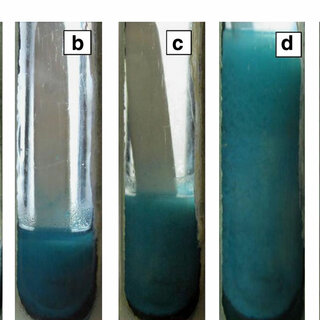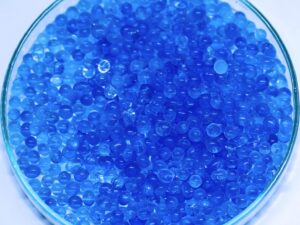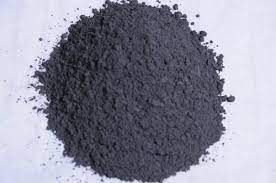Description
Metal-Organic Frameworks (MOFs): A Revolution in Materials Science
Metal-Organic Frameworks, or MOFs, are a fascinating class of crystalline materials that have captivated the attention of scientists and engineers worldwide. Their remarkable properties, stemming from their unique structure, have positioned them as promising candidates for a wide array of applications, ranging from gas storage and separation to catalysis and drug delivery.
What are MOFs?
At their core, MOFs are porous materials constructed from metal ions or clusters coordinated to organic ligands, often referred to as linkers. These building blocks assemble into highly ordered, three-dimensional networks, creating intricate structures with exceptionally high surface areas and tunable pore sizes. Think of them as sophisticated, molecular-level Lego structures, where metal nodes act as the connectors and organic linkers bridge the gaps.
The Power of Porosity:
The defining characteristic of MOFs is their exceptional porosity. This porosity translates to incredibly high surface areas, often exceeding those of traditional materials like zeolites and activated carbons. A single gram of a MOF material can possess a surface area equivalent to that of a football field! This vast internal surface area provides abundant sites for interaction with guest molecules, making them ideal for applications involving adsorption and catalysis.
Key Features and Advantages of MOFs:
- High Surface Area: Provides extensive interaction sites for various applications.
- Tunable Pore Size and Chemistry: By carefully selecting the metal ions and organic linkers, the pore size and chemical functionality of the MOF can be precisely tailored to specific applications. This “molecular engineering” allows for selective binding and separation of target molecules.
- Crystalline Structure: The ordered, crystalline nature of MOFs allows for detailed characterization using techniques like X-ray diffraction, providing insights into their structure and behavior.
- Versatility: MOFs can be synthesized using a wide range of metals and organic linkers, leading to an enormous library of potential materials with diverse properties.
A Multitude of Applications:
The unique properties of MOFs have opened doors to a wide range of applications, including:
- Gas Storage: MOFs can efficiently store gases like hydrogen, methane, and carbon dioxide, offering potential solutions for clean energy storage and carbon capture technologies.
- Gas Separation: Their tunable pore sizes allow for the selective adsorption of different gases, enabling the separation of components from gas mixtures. This is particularly important for applications like air purification and industrial gas processing.
- Catalysis: The large surface area and tunable chemistry of MOFs make them excellent catalysts for a variety of chemical reactions. They can act as both heterogeneous and homogeneous catalysts, offering advantages in terms of recyclability and selectivity.
- Drug Delivery: MOFs can encapsulate drug molecules within their pores and release them in a controlled manner, leading to more effective and targeted drug delivery systems.
- Sensing: MOFs can be designed to respond to specific stimuli, such as the presence of certain chemicals or changes in temperature. This makes them promising candidates for developing chemical sensors and biosensors.
Challenges and Future Directions:
Despite their immense potential, MOFs still face several challenges that need to be addressed before they can be widely commercialized. These include:
- Stability: Some MOFs are unstable in the presence of moisture or certain chemicals. Research is focused on developing more robust and stable MOF materials.
- Scalability: Scaling up the production of MOFs while maintaining their high purity and desired properties remains a challenge.
- Cost: The cost of synthesizing MOFs can be relatively high compared to other materials. Efforts are being made to develop more cost-effective synthesis methods.
The Future is Bright:
Despite these challenges, the field of MOFs is rapidly evolving. Researchers are continuously developing new MOF materials with improved properties and exploring novel applications. With ongoing research and development, MOFs are poised to play a significant role in addressing some of the most pressing challenges facing society, from energy storage and environmental remediation to drug delivery and advanced sensing. They represent a truly revolutionary class of materials with the potential to transform various industries and improve our lives.









Reviews
There are no reviews yet.